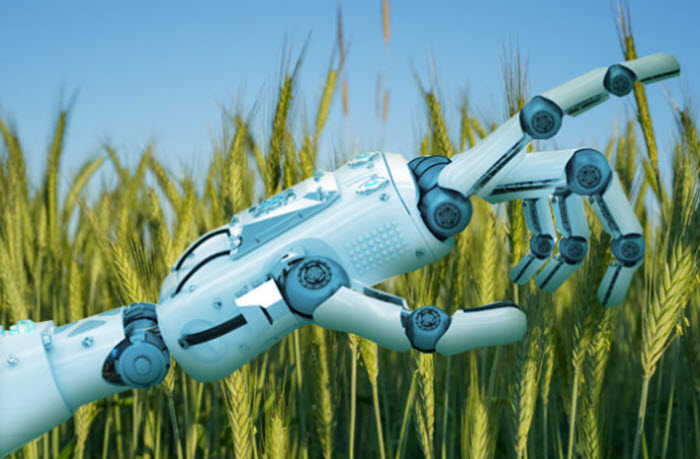Some of the technological tools that will be used in the coming years to increase agricultural productivity include the use of devices connected to the Internet that can create self-regulating microclimates in greenhouses and crop monitoring through aerial images.
Business Intelligence solutions used by agricultural companies have the ability to transform maps and images into structured data that can be used for decision making. In the case of satellite images, they make it possible to estimate the productive capacity of a certain area dedicated to agricultural production.
Currently, high-tech solutions are already being used to improve agricultural productivity, such as sensors in the field to obtain details of the topography and resources, connectivity with your phones to monitor equipment and crops or livestock, drones for supervision and tasks such as spraying (between 40 and 60 times faster than a manual process), among others.
See “Business Intelligence: Data as Maps”
A Businessinsider.com publication explains that “… John Deere, a leading agricultural equipment company, has already begun connecting its tractors to the Internet and created a method for displaying product yield data. In addition, the company is making inroads into autonomous tractors, which would free up farmers’ time for other tasks. These technologies allow the industry to better monitor and record data to improve production while minimizing costs and saving resources.”
In order to meet the demand that will represent the population increase, which in 2050 will reach 9.7 billion people worldwide, solutions based on the Internet of Things (IoT) that enable productivity increases are essential in the agricultural sector.
You may be interested in “Big Data and Agriculture”
The development of smart greenhouses is already a reality, because by “… taking advantage of IoT and connected devices to create self-regulating microclimates conducive to production, these controlled environments avoid harsh weather conditions, while delivering real-time information to farmers, which they can use for tasks such as spraying, irrigation, lighting, temperature, humidity and others.”
Experts in the field anticipate that while smart and precision agriculture is gaining popularity in the sector, it may only be a precursor to further technification.
The publication adds that “… the emergence of the block chain is also relevant, thanks to its ability to provide important information on crops through sensors, according to their traceability based on factors such as salt content, sugar or pH levels, for example. Insider Intelligence projects that there will be 12 million agricultural sensors installed globally by 2022. IBM estimates that the average farm can generate half a million records per day, which can help the industry improve yields and increase profits”.
Source: Businessinsider.com
Stay Safe!!
